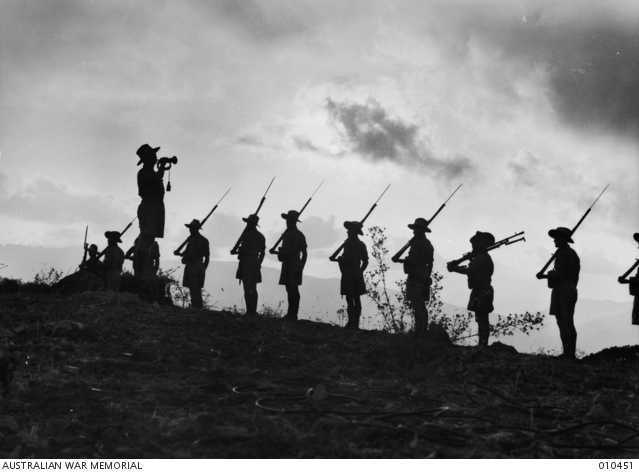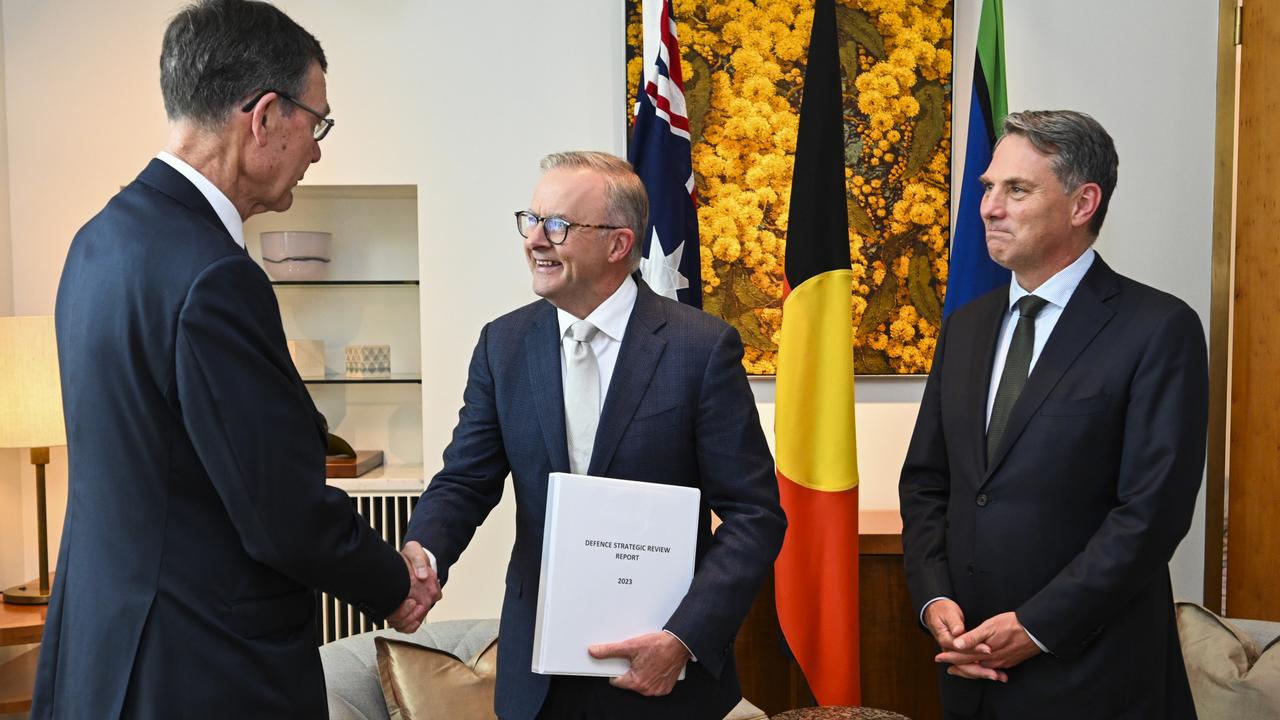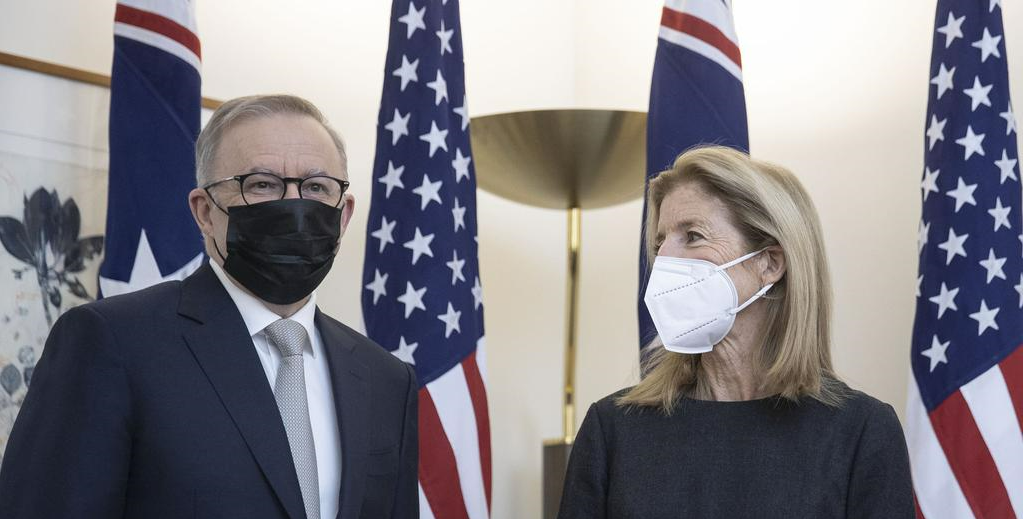It could be said that there is nothing more important than the nation’s national security and that a government rarely sees the fruits of these defence decisions as they are more often than not decades in the making.
On Monday before ANZAC day this year, the public-facing side of the long-awaited Defence Strategic Review (‘DSR’) into the Australian Defence Force was released by the Albanese Government.
Deemed by Deputy Prime Minister and Minister for Defence the Hon Richard Marles MP as a “hugely significant report in the Defence history of our nation”, the 110-page public report is described as the biggest overhaul of Australian Defence since the Second World War. The Government has agreed, or agreed in principle, to all the Review’s recommendations.
However, only half of the full review has been declassified.
The team at Nexus APAC has compiled a brief overview of this watershed moment for Australian defence policy and 6 key insights from the DSR.
THE DSR: IN CONTEXT
The last major review of the nation’s military, undertaken in 1987 by former Deputy Secretary for Defence’s Strategy and Intelligence Paul Dibb AM, described Australia as “one of the most secure countries in the world.” Its tonality starkly contrasts that of the recent DSR. The 2020 Defence Strategic Update (White Paper) recognised the assumption of a 10-year warning time for major conflict was no longer appropriate.
This was reaffirmed in the DSR when it deemed the 1987 approach to Australia’s Defence posture “no longer fit for purpose.” The DSR, set out in fourteen chapters, recommends much more active Australian statecraft in the maintenance of a regional balance of power in the Indo-Pacific.
In other words – phase out isolationist policy and take up a more offensive approach.
The authors of the DSR were His Excellency, the Hon Stephen Smith, and Air Chief Marshal Sir Angus Houston AK AFC (Ret’d). Both were appointed as independent co-leads of the Defence Strategic Review by Prime Minister the Hon Anthony Albanese MP. The DSR was ordered just 73 days into the Albanese Government in August 2022.
His Excellency Smith is the current High Commissioner of Australia to the United Kingdom. He represented the Australian Labor Party in the House of Representatives from 1993 to 2013. In the Rudd and Gillard Governments, he served as Minister for Foreign Affairs, Minister for Trade and Minister for Defence.
Air Chief Marshal Sir Angus Houston is a retired senior officer of the Royal Australian Air Force. He served as Chief of the Air Force from 2001 to 2005, and Chief of the Defence Force from 2005 to 2011.
The DSR was presented to the Government on 14 February 2023. The Independent co-leads stated that the public version is “necessarily qualitatively different” from the original version. It is understood that around 108 recommendations were kept classified.
“It is less detailed, as many of the judgements and recommendations in the Review (DSR) are sensitive and classified.”
KEY INSIGHTS FROM THE REVIEW
Impactful Projection
The DSR plots a pivot from armour to missiles. The phrase, “Impactful Projection” is becoming familiar jargon used by the Government’s Defence portfolio to express this philosophy. Minister Marles described the concept as, “an ability to hold an adversary at risk, much further from our shores, across […] the full spectrum of proportionate response.”
The DSR recommends initiating impactful projection by switching focus from land-based armour to longer-range strike capability, with munitions built in Australia.
Minister Marles recently said the acquisition of “precision strike missiles” with ranges exceeding 500km (310 miles) would give the army “the firepower and mobility it needs into the future.” The DSR encourages the building up of missile stockpiles and expanding the ADF’s ability to conduct maritime operations.
Australia will also fast-track plans to acquire the land-based High Mobility Artillery Rocket (HIMARS) missile, used by the Ukrainian Army to stem the Russian advance, whilst scaling back infantry fighting vehicles.
A Biennial National Defence Strategy
Intermittent white papers will no longer be the primary mechanism for delivering Defence policy. The Government has accepted the DSR’s recommendation for a Biennial National Defence Strategy.
The first strategy will be done next year and will contain a more granular articulation of Defence programs, spending, and policy.
Cyber Security
The main pillars of Australia’s Defence Force were once Air, Land and Sea. Now, Cyber Security will become a key pillar in which the Defence force operates – it was mentioned 30 times in the DSR. The goal is to evolve the ADF into a genuine Integrated Force. Information and Communications Technology (ICT) and C4 Networks are specific target areas.
Minister Marles determined that one of the six priorities of the Government’s response to the review is to “provide for a quicker transition of new, innovative technologies into service.”
A Workforce In Crisis
An entire chapter of the DSR was dedicated to the workforce crisis facing the Australian Defence Force. Its frank assessment was that pay and service conditions and workplace culture for the ADF, and public service, need to be improved. Defence already has a $38 billion plan to increase its permanent ranks by 30% to 80,000 by 2040.
Implications For The Budget
The Defence budget was already facing a $42 billion shortfall in funding for promised defence projects over the next decade, on top of the $58 billion that will be spent on AUKUS Submarines over the same period.
Minister Marles stated during the DSR announcement that “Defence spending will need to grow.” The cost of the DSR over forward estimates will be $19 billion. The Government has announced that it will be reprioritising $7.8 billion in the Defence budget. Moreover, the DSR recommends significant reprioritisation of the 2016 Defence Integrated Investment Program (IIP).
While Defence funding is overall increasing, the Government says there will be no extra money beyond the $270 billion committed over 10 years for acquisitions, forcing cuts to some projects.
The Defence budget is currently sitting at 2% of GDP. The reprioritisation of Defence funds is expected to further feature in the upcoming Australian Federal Budget on Tuesday 9 May.
Keep an eye on Nexus APAC’s newsletter as we provide further insight and analysis into the Federal Budget in the lead-up to May 9.
Criticism
Under the section ‘Resilience’, the DSR places “an informed public” at the top of the list. Yet, critics of the DSR question its clarity and substantive change.
“The first thing that needs to be much clearer in the document is what Australia’s overall objective is,” says an Australian National University Strategic Policy Expert, Hugh White. He questions whether Australia’s primary aim is to support strategic partners or prepare to defend itself independently in the event of security threats.
“The other thing that I think needs to be clearer is what we’re going to do to rebuild our forces to meet these new challenges.” White says the proposed changes to current forces are “modest,” specifically for the Air Force.
Industry stakeholders have accused the DSR of “kicking the can down the road” on the future structure of the Royal Australian Navy surface fleet. Questions regarding whether Arafura OPVs should be more heavily armed, the necessity of nine Hunter class frigates, and decisions on a new class of corvettes will be the subject of “an independent analysis of navy’s surface combatant fleet” next year.
This delay is a worry for local industry, which had been hoping for rapid decisions on the types and numbers of ships to be acquired.
Jobs are also at stake, with the scrapping of more than 300 Australian-built IFVs; 45 Australian-built SPHs and resupply vehicles expected to cause a $15 billion loss to local industry.
The Government’s response to the DSR’s mandate that “more funding will be required” is to claim it keeps “maintaining the overall level of Defence funding over the forward estimates”. Some speculate that this will delay hard decisions for four more years.
THE NEXT STEPS
The ultimate success of the DSR will be heavily dependent on the implementation of both the public and confidential recommendations alongside the capacity of the Department to execute and industry to support. Due to the rapidly changing geo-political environment, this may be the first Defence Review where the same Government that undertook the review actually gets to realise its success (or shortfalls).
Song of the Week
The Nexus team chose The Last Post performed at the Australian War Memorial as the song of the week, in honour of ANZAC Day and all Australians who have served, and who continue to serve, in nation’s armed forces.

Latest posts by Nexus APAC (see all)
- United Kingdom General Election 2024: An Overview - April 15, 2024
- Australian Voters Go to the Polls - February 26, 2024
- Secretaries of Federal Departments – An Overview - February 1, 2024



